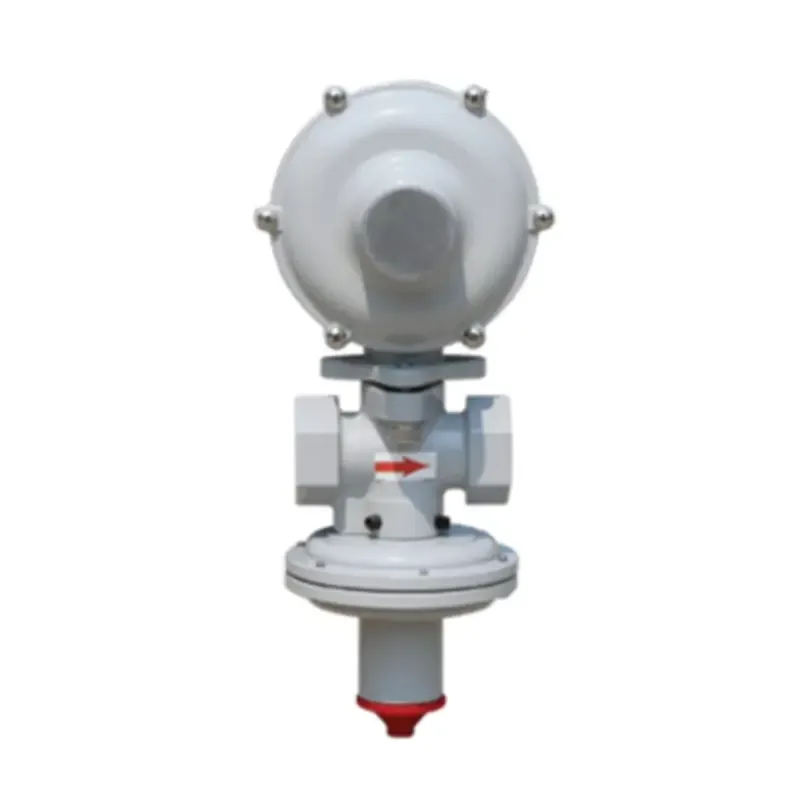
Nov . 28, 2024 16:23
Back to list
Understanding the Function and Importance of Relief Valves in Various Applications
Understanding Relief Valves Critical Components in Pressure Management
Relief valves are essential safety devices used in various industries to manage excess pressure within systems. These mechanical devices play a critical role in protecting equipment and ensuring the safety of personnel by preventing overpressure conditions that can lead to catastrophic failures. Whether in chemical processing, oil and gas production, or even in household applications, relief valves are indispensable in maintaining operational integrity and safety.
How Relief Valves Work
At its core, a relief valve is designed to open at a predetermined pressure to release excess pressure from a system. The mechanism operates based on a simple principle when the pressure inside a vessel or piping exceeds a set limit, the relief valve opens, allowing fluid or gas to escape, thereby reducing pressure to a safe level. Once the pressure is reduced, the valve closes automatically, ensuring that the system returns to normal operating conditions.
There are various types of relief valves, including spring-loaded valves, pilot-operated valves, and vacuum relief valves, each serving specific applications. Spring-loaded relief valves are the most common, utilizing a spring mechanism to hold the valve closed until the set pressure is reached. Pilot-operated valves, on the other hand, use a smaller pilot valve to control the larger main valve, allowing for more precise pressure control. Vacuum relief valves are used in systems where a vacuum condition may occur, preventing the collapse of containers or pipes.
Applications of Relief Valves
Relief valves find application across multiple industries. In the chemical industry, they are critical for maintaining the safety of reactors and storage tanks, preventing the risk of explosions due to volatile pressurized substances. In the oil and gas sector, they protect pipelines and storage facilities from overpressure, ensuring the safe transport and storage of hazardous materials.
relief valves

Additionally, relief valves are common in water and wastewater treatment facilities, where they help manage pressure variations in pumps and tanks. Even residential applications, such as water heaters, employ relief valves to prevent excessive pressure buildup that could lead to leaks or ruptures.
Regulatory Standards and Maintenance
Given their importance in safety, relief valves are subject to stringent regulatory standards. Organizations such as the American Society of Mechanical Engineers (ASME) have established guidelines for the design, installation, and maintenance of relief valves. Compliance with these standards ensures that relief valves operate effectively and reliably under various conditions.
Regular maintenance of relief valves is crucial for their performance. This includes routine inspections to check for signs of wear, corrosion, or mechanical failure. Testing the valve’s set pressure at scheduled intervals is also essential to ensure it opens at the appropriate pressure. A well-maintained relief valve can significantly reduce the risks associated with overpressure scenarios.
Conclusion
Relief valves play a vital role in safeguarding industrial processes and public safety. Their ability to mitigate excessive pressure not only protects equipment and facilities but also prevents hazardous incidents that could endanger lives. Understanding the functionality, applications, and maintenance of these devices is crucial for engineers and safety professionals in various fields. As industries continue to evolve and expand, the demand for effective pressure management will only increase, solidifying the importance of relief valves in ensuring safe and efficient operations.
In summary, relief valves are not just passive safety devices; they are active guardians against the dangers of pressure imbalance. Their strategic implementation across various sectors highlights the importance of vigilance in pressure management and safety practices. By prioritizing the proper use and maintenance of relief valves, industries can enhance safety, comply with regulations, and ultimately protect both their employees and facilities from the dangers of overpressure.
Latest news
-
Safety Valve Spring-Loaded Design Overpressure ProtectionNewsJul.25,2025
-
Precision Voltage Regulator AC5 Accuracy Grade PerformanceNewsJul.25,2025
-
Natural Gas Pressure Regulating Skid Industrial Pipeline ApplicationsNewsJul.25,2025
-
Natural Gas Filter Stainless Steel Mesh Element DesignNewsJul.25,2025
-
Gas Pressure Regulator Valve Direct-Acting Spring-Loaded DesignNewsJul.25,2025
-
Decompression Equipment Multi-Stage Heat Exchange System DesignNewsJul.25,2025

